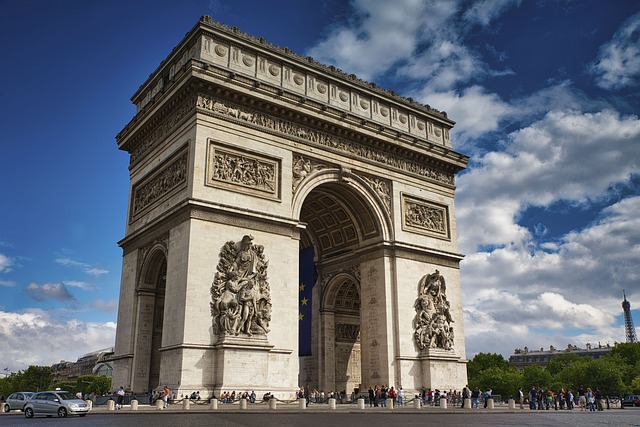Exploring the World Through Literary Tourism
The intersection of literature and travel has given rise to a fascinating trend: literary tourism. This unique form of exploration allows book lovers to step into the worlds of their favorite authors and characters, bringing stories to life in a tangible way. From walking in the footsteps of Jane Austen to discovering the haunts of Ernest Hemingway, literary tourism offers a rich, immersive experience that combines cultural exploration with the magic of storytelling.

The Modern Literary Pilgrimage
Today, literary tourism has evolved into a sophisticated industry. Cities and regions around the world have recognized the potential of their literary heritage and have developed dedicated tours, museums, and experiences. For instance, Dublin celebrates James Joyce with an annual Bloomsday festival, while Prince Edward Island in Canada has transformed itself into a pilgrimage site for Anne of Green Gables enthusiasts.
Beyond the Book: Immersive Experiences
Literary tourism goes beyond simply visiting locations mentioned in books. Many destinations now offer immersive experiences that allow visitors to step into the world of their favorite stories. In England, fans can attend a Hogwarts-style banquet at Christ Church College, Oxford, which inspired scenes in the Harry Potter series. In Cuba, visitors can sip daiquiris at Hemingway’s favorite Havana bar, El Floridita.
The Impact on Local Communities
The rise of literary tourism has had a significant impact on local economies and cultural preservation. Small towns and rural areas that might otherwise struggle to attract visitors have found new life through their literary connections. For example, the tiny village of Chawton in Hampshire, England, now thrives as a destination for Jane Austen fans, with her former home serving as a museum that draws thousands of visitors annually.
Challenges and Considerations
While literary tourism offers many benefits, it also presents challenges. Popular sites can become overcrowded, potentially compromising the authenticity of the experience. There’s also the risk of commercialization, with some critics arguing that the focus on tourism can detract from the literary works themselves. Balancing preservation with accessibility remains an ongoing concern for many literary destinations.
Literary Landmarks: Must-Visit Destinations for Book Lovers
-
Shakespeare’s Globe Theatre, London: Experience the Bard’s plays as they were originally performed
-
The Ernest Hemingway Home and Museum, Key West: Explore the author’s tropical retreat and meet the famous six-toed cats
-
The Beat Museum, San Francisco: Dive into the world of Kerouac, Ginsberg, and the Beat Generation
-
Kafka Museum, Prague: Uncover the surreal world of Franz Kafka in his hometown
-
The House of Seven Gables, Salem: Step into the setting of Nathaniel Hawthorne’s gothic novel
The Future of Literary Tourism
As technology advances, literary tourism is poised to evolve further. Virtual and augmented reality experiences are beginning to offer new ways to engage with literary landscapes, allowing fans to explore fictional worlds in unprecedented detail. Meanwhile, social media and online communities continue to fuel interest in literary destinations, creating new pilgrimage sites and reviving interest in lesser-known authors and works.
Literary tourism offers a unique way to experience the world through the lens of beloved stories and authors. It bridges the gap between imagination and reality, allowing readers to deepen their connection with literature while exploring new cultures and destinations. As this trend continues to grow, it promises to enrich both the literary and travel landscapes, creating meaningful experiences for book lovers and adventurers alike.





